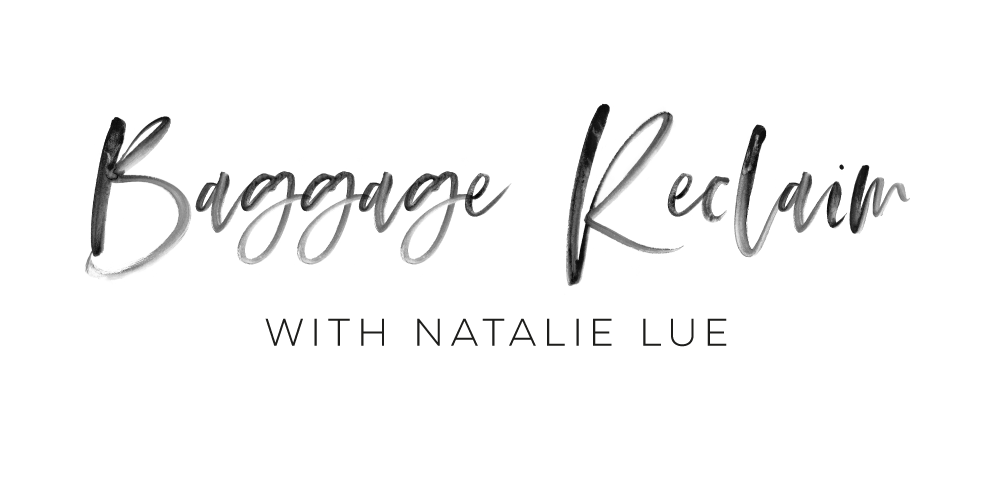Feeling worse when you experience the onset of certain emotions or feeling as if you’re trying to anaesthetize feelings you’re attempting to repress, or feeling at a loss as to what to do when you need comfort and support, means that, like many of us, you haven’t learned to self-soothe healthily. It’s all that you know. You might say, think, or do things that compound the feelings. Or maybe you achieve temporary relief that ultimately delays and distracts in an unhealthy way.
There are a variety of factors that contribute to how you self-soothe. For instance, perhaps your feelings were ignored by parents/caregivers, or you got into the habit of care-taking others. It could be that you observed certain habits or picked up particular messages. Whatever influences your self-soothing habits—the way you manage your emotional responses—it’s playing a significant role in how you feel about and treat yourself.
If you’re a people pleaser or you recognise that you grapple with perfectionism, overthinking, overgiving or over-responsibility, your self-soothing is often about inadvertently dealing with the toll of suppressing and repressing yourself and saying too much yes to others. Procrastination can even be how you self-soothe; it’s tension relief.
We’ve all come up with means of feeling good, squelching unpleasant emotions, comforting ourselves, or even zoning out. If you recognise that you sometimes self-soothe unhealthily, it’s okay. You’re a regular human. It’s vital to remember that no one actively teaches us about this stuff when we’re growing up. Our ways of self-soothing are habits.
If you don’t feel too good about yourself and sometimes feel as if you’re your own worst enemy, looking at how you comfort yourself when stressed or how you try to produce good feelings will provide clues as to where you need to become more conscious, aware and present. You can gradually figure out how to do things that lift your feelings (or calm them) in healthy ways. When you’re more aware of what you’re doing and why, you can be more intentional and yourself.
For help with learning how to healthily self-soothe, check out my short audio course, The Self-Soothing Sessions.

 Add to favorites
Add to favorites 